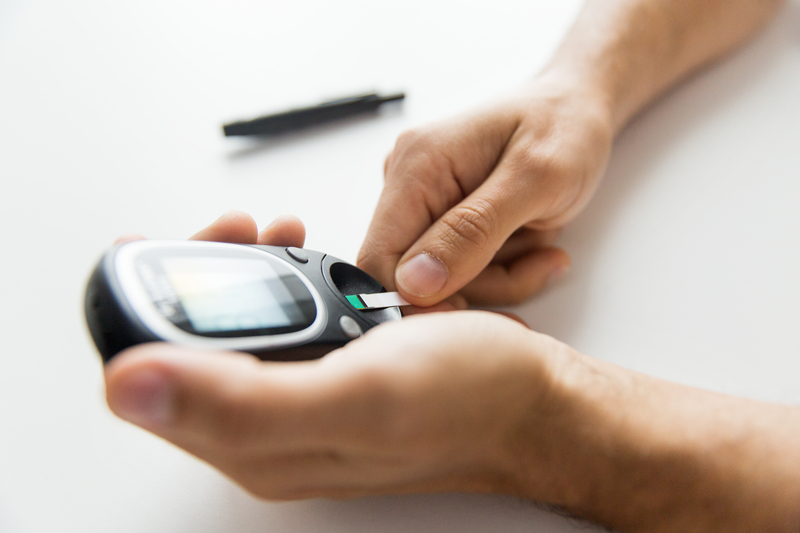How Diabetes Impacts Vision and Retinal Health

It’s estimated that over 34 million adults in the United States have some form of diabetes. While it’s common knowledge that patients with diabetes must keep their blood glucose, blood pressure, and cholesterol levels in check, many people may not realize that patients with diabetes must also pay extra close attention to their vision and retinal health. Because diabetes can affect the entire vascular system, the eyes are extremely vulnerable to a number of vision-threatening conditions, including diabetic retinopathy, diabetic macular edema, glaucoma, and cataracts.
Diabetic Retinopathy
Diabetic retinopathy is a condition in which high levels of blood glucose cause damage to blood vessels in the retina. Diabetic retinopathy can affect patients with either type 1 or type 2 diabetes. Pregnant women with gestational diabetes are also at risk of developing diabetic retinopathy. In its earliest stages, diabetic retinopathy typically doesn’t cause any noticeable symptoms. However, as time goes on and blood vessel damage progresses, patients become increasingly likely to lose their vision forever.
Diabetic Macular Edema
Diabetic macular edema (DME) is a complication of diabetic retinopathy that occurs when fluid accumulates in the macula, which is the central portion of the retina. The macula controls our central vision and enables us to perform complex vision tasks such as reading, driving, and seeing in fine detail. When abnormal or damaged blood vessels in the retina leak into the macula, that can significantly disrupt vision and even lead to permanent vision loss.
Glaucoma
Glaucoma is an umbrella term used to describe various sub-conditions that cause structural damage to the optic nerve. This damage is typically caused by extremely high pressure in the eyes. Glaucoma can affect one or both eyes, and if left untreated, eventually leads to permanent vision loss. Because patients with diabetes often have to keep their blood pressure in check, diabetes is considered one of the many risk factors for developing glaucoma. The chances of developing glaucoma become even higher for patients who have diabetic retinopathy.
Cataracts
Cataracts occur when clumps of protein accumulate in the eye and are characterized by the appearance of a semi-opaque, cloudy area over the lens of the eye. As the condition progresses, light is unable to fully enter the eye. As a result, it becomes increasingly challenging for the retina to receive light and convert it into signals for the brain to interpret as images; this is another form of vision loss. For patients with diabetes, cataracts are typically caused by excessively high levels of blood sugar.
Diabetic Eye Disease Prevention
In many cases, the most severe and permanent effects of diabetic eye diseases can be staved off with preventive measures. These include:
- Managing blood glucose levels
- Maintaining healthy cholesterol and blood pressure levels
- Maintaining a healthy diet
- Exercising regularly
- Not smoking
One of the most important things that patients with diabetes should do for their vision health is get a comprehensive diabetic eye exam at least once a year from a diabetic eye specialist. The earlier a doctor catches and diagnoses diabetic eye diseases, the more likely the patient is to have a decent chance of recovery.
To learn more about diabetic eye health or to make an appointment with a diabetic retina specialist in the Austin metro area, contact Austin Retina Associates today.

